IranYekan
IranYekan has a balanced and moderate personality. If IranYekanis a fluid circle and Yekan is a static square, IranYekan is something in between.
According to the FontIran website's analysis in 1395, Yekan and IranSans fonts were used the most in user interface design. Therefore, Moslem Ebrahimi decided to design a typeface that has a popular personality between these two fonts.

Diversity of Weights in IranYekan
Font IranYekan X is a complete font family comprising eleven different weights. It is a comprehensive toolset for ideal graphic designers! To achieve the best results, sometimes we need to make the text a bit thinner or bolder.







The shape of the dots in IranYekan
The shape of the dots in IranYekan font has changed from round to square. In lighter weights, the dots are separated for better legibility, while in heavier weights, they are connected for a denser and more aesthetic appearance.

In the Variable Font version of IranYekan font, you have the option to change the shapes of the dots. Four different dot styles are provided for this font.


IranYekan Variable Font
The use of variable fonts in web design is becoming increasingly popular. Variable fonts have proven themselves and are now being used without any issues on many high-traffic Persian websites. Using just one font file (with a size of 110 kilobytes) for all weights and styles allows only one request to be sent to your server, making the page load faster.
Weight: This variable determines the thickness of the text, with a minimum value of 100 equivalent to Thin and a maximum value of 1000 equivalent to Heavy.
Dots: This variable changes the shape of dots into four different states.


Easily Convert Numbers to Persian Anywhere.
In the new IranYekan font version, you can use all number styles in one file. Simply insert the corresponding code into any part of your website where you want to change English numbers to Persian and vice versa. (Sample CSS, HTML files, and instructions are available in the IranYekan font download package.)
Translating numbers into Persian in Photoshop, Word, and other software is also easily achievable. (Instructions are available in the package.)

In the IranYekan font, dots are strategically placed in their ideal positions, ensuring that the letter width does not exceed the designated boundaries, and excessive spacing is avoided.



Substitute Characters Most of the characters you prefer to use as alternative substitutes in fonts (such as ﮧ ﮩ in the Nastaliq style and ے in reverse) are Urdu language characters. Since the IranYekan font includes these characters, you can easily type these substitute characters on both your computer and mobile keyboard following the guide.


IranYekan font supports not only Persian and English but also Arabic, Kurdish, and Urdu languages.

In the IRANYekan Professional Font Package, you will receive the following:
- Original Fonts: Provided in TTF format with 11 weights.
- Variable Fonts: Fonts with 2 axes for weight and shape variation, available in 4 styles.
- Web Fonts: Special fonts designed for web use in WOFF and WOFF2 formats, accompanied by CSS and HTML code.
- Fonts with Persian Numbers: Fonts in which English and Arabic numbers have been modified to display as Persian numbers.
- Fonts without English Characters: Fonts that do not include English letters or numbers (suitable for combining with a preferred English font in web design).
- Guide: Instructions for using alternate characters, a guide for converting Latin numbers to Persian, and guidance on spacing Persian numbers.
Moslem Ebrahimi, an experienced graphic design professional specializing in Persian typography since 2009. Early in his career, he was dedicated to teaching typography design at the university level. Subsequently, he shifted his focus to establishing the FontIran website, where his efforts were redirected to the publication and marketing of Perso-Arabic typefaces. Between 2014 and 2017, Ebrahimi's typefaces underwent a significant transformation, playing a pivotal role in shaping the typographic landscape for Persian web and software design. The launch of FontIran Foundry marked a successful advocacy for voluntary copyright adherence in the realm of Perso-Arabic typefaces, addressing challenges related to sales and income for type designers. . Ebrahimi's impactful contributions have left a lasting impression on the field, influencing the culture of Perso arabic typography and providing solutions to challenges faced by fellow type designers.

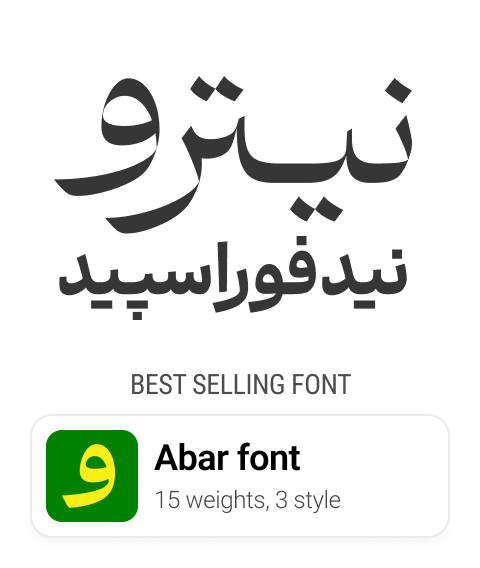





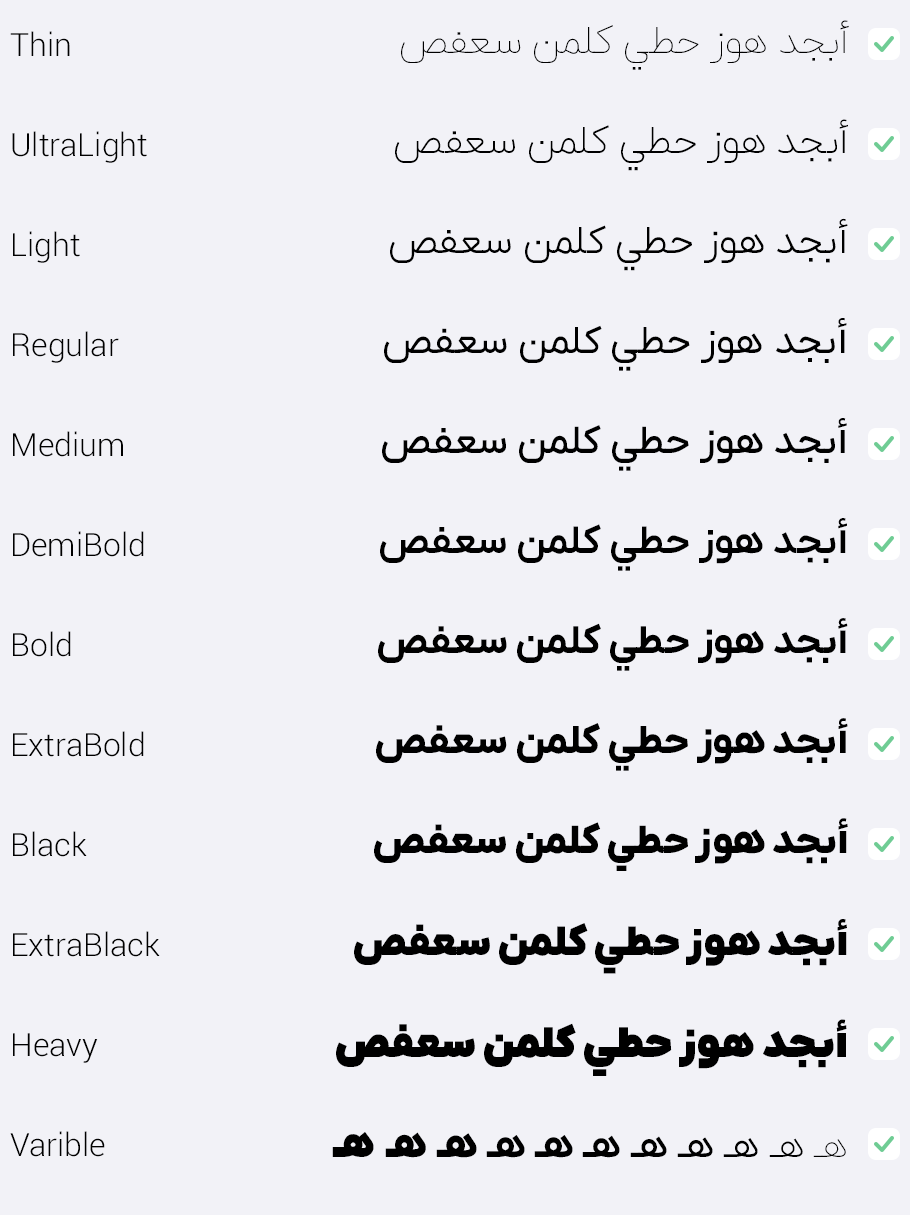


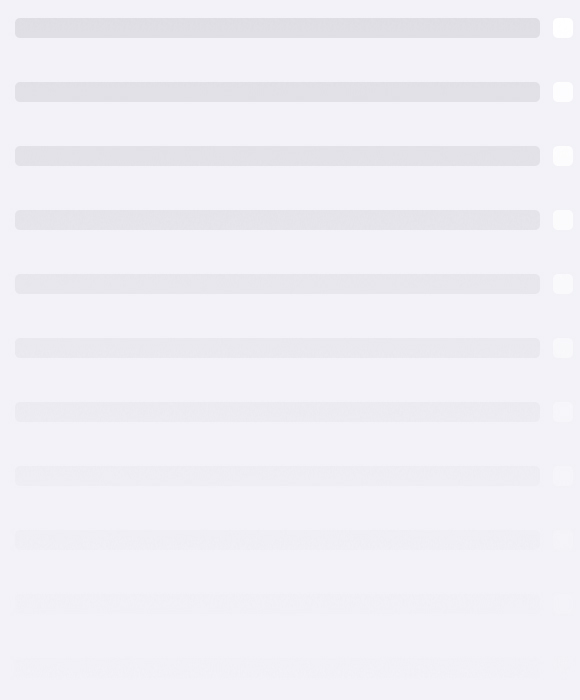





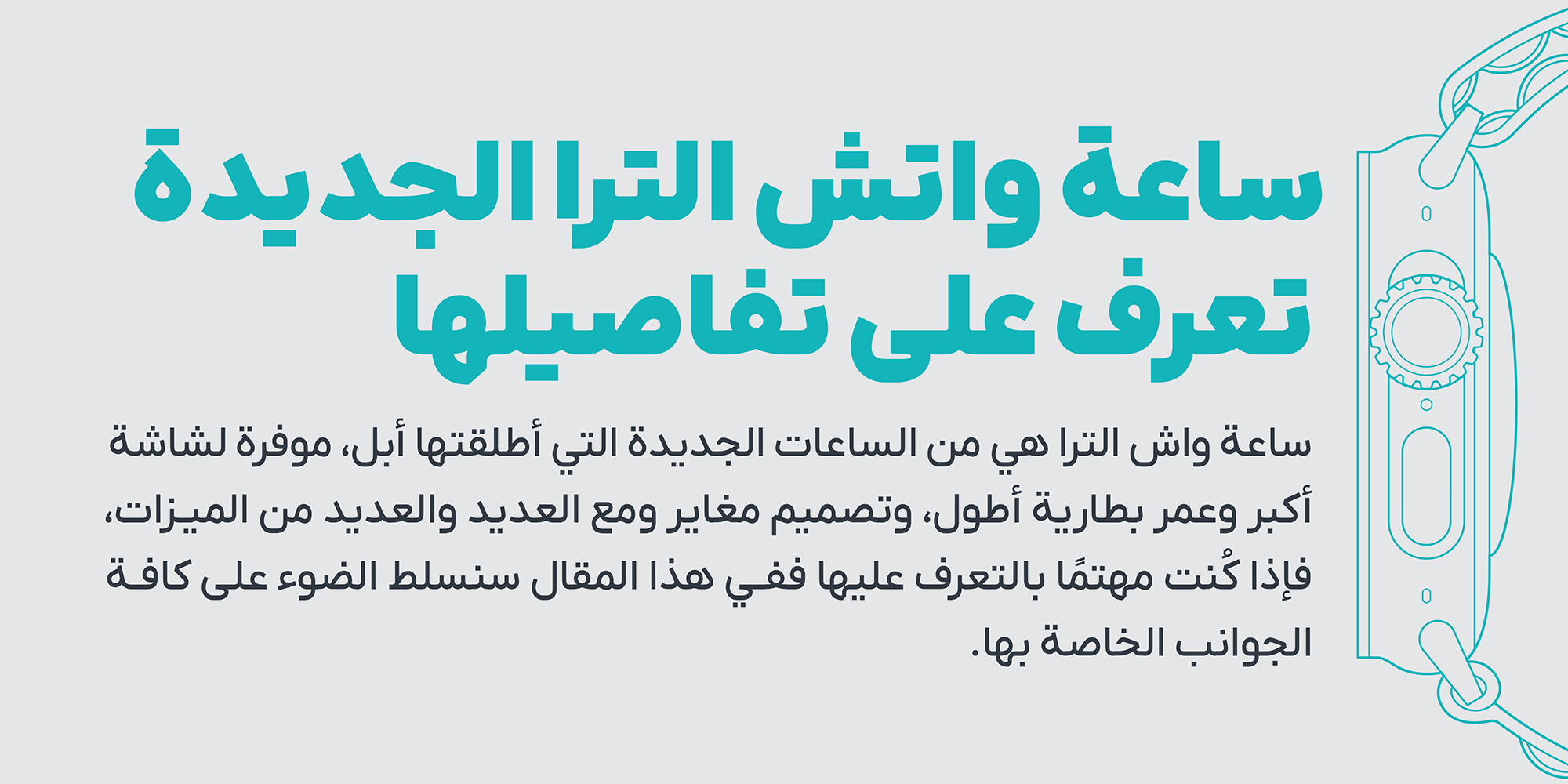




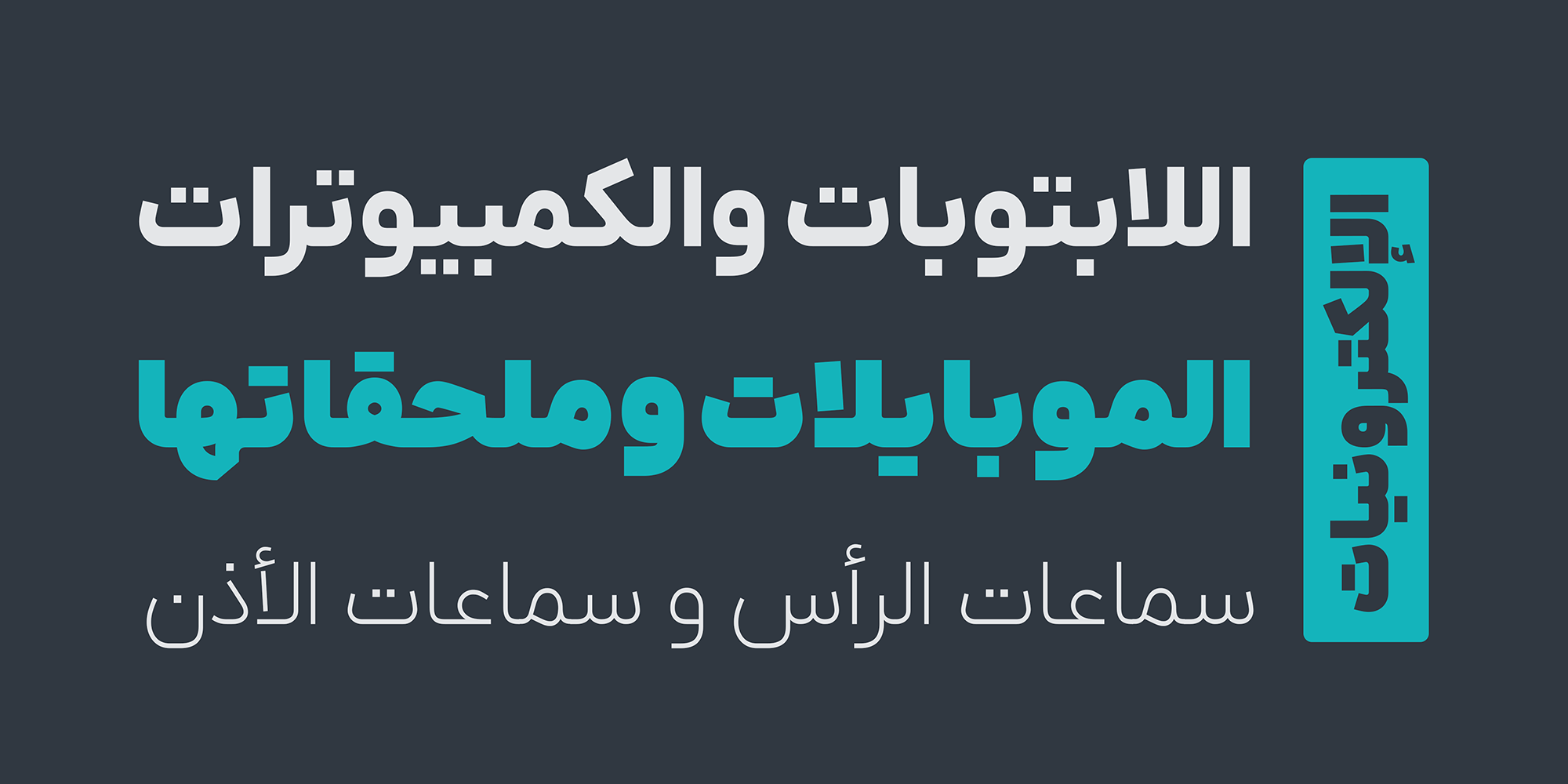



















Comments
Frequently Asked Questions